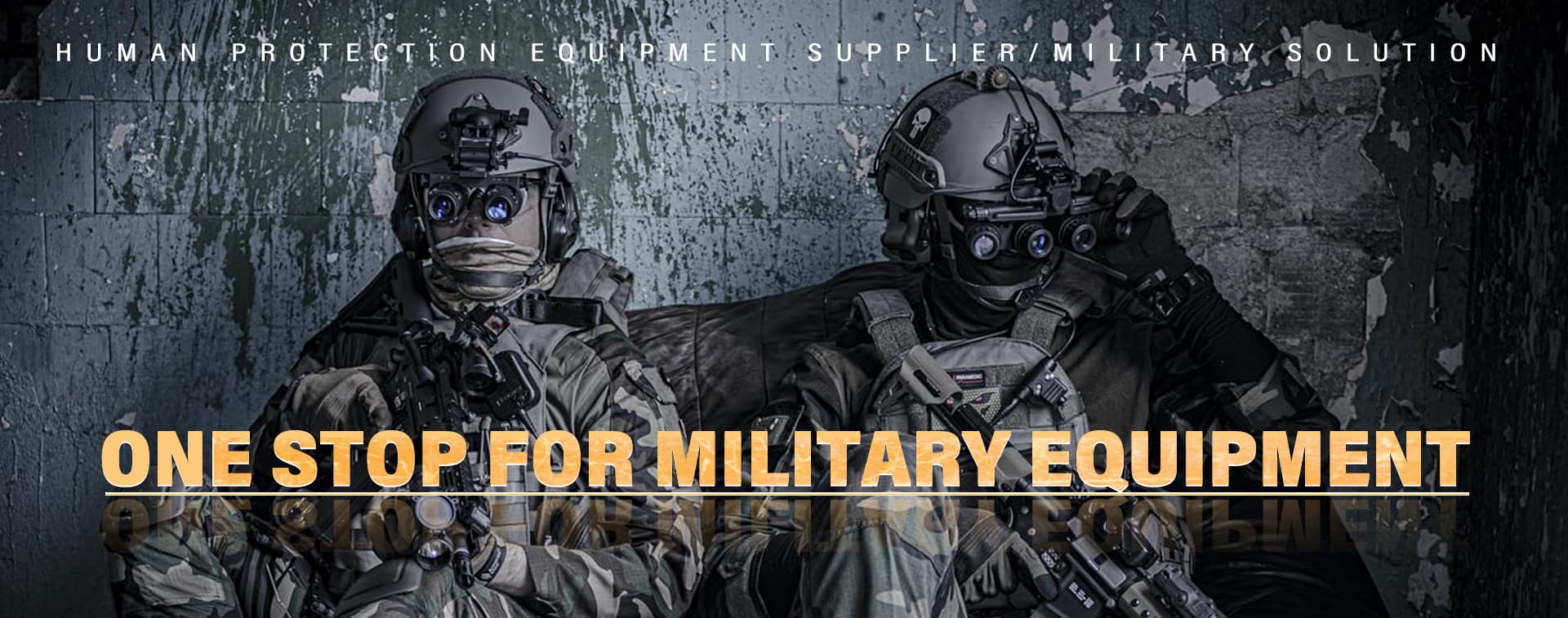
INTRODUCTION
With so many brands in the market selling you ballistic helmet with different specification, keeping your head and picking a right one could be diifficult. So in this guide, we'll walk you through the different types of bullet proof helmets, their pros and cons, and our top picks.
A bulletproof helmet is a tactical helmet designed to protect head from batterfilied threats such as bullets, blunt impact, and blast debris, which is at first made of metal but replaced by more high tech fabric nowadays. the most famous material used as ballistic material: Dupont Kevlar, Teijin Twaron, DSM Dyneema.
DIFFERENT TYPES OF BULLETPROOF HELMET
1. PASGT (Personnel Armor System for Ground Troops Helmet):
Personnel Armor System for Ground Troops (PASGT) helmets were first released in the early 1980s but remain in use today. These helmets are often made with original Kevlar fibers.
Some people refer to these helmets as K-pots, Kevlar helmets, or journalist helmets.
The outer shell of the helmet often features 19 layers of Kevlar and is likely to provide Level IIIA protection against projectiles. The weight of the helmet may range from just over three pounds to a little over four pounds.
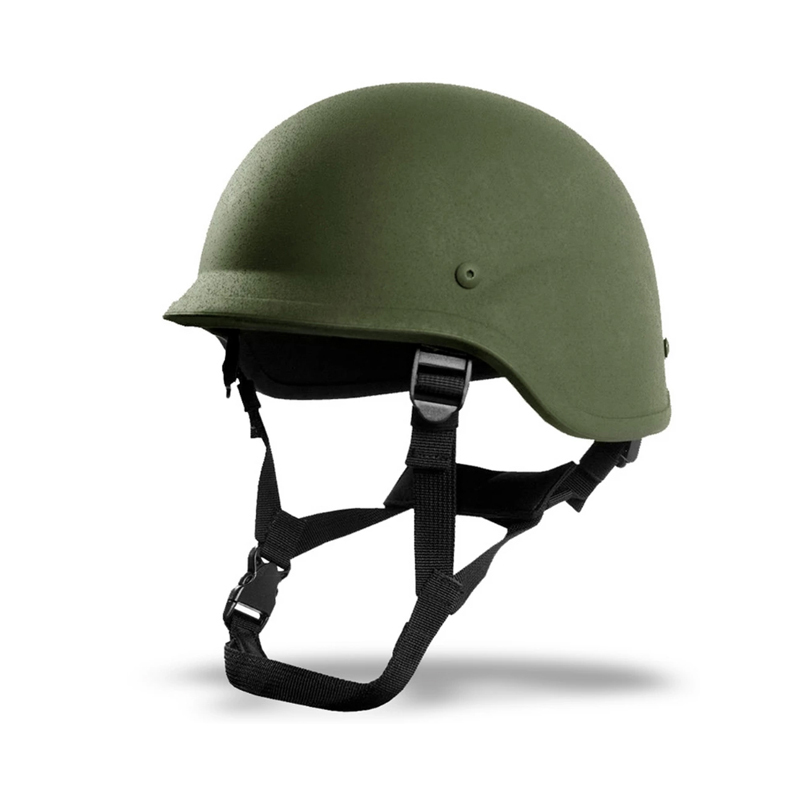
2. MICH (Modular Integrated Communications Helmet)
The Modular Integrated Communications Helmet (MICH) was released in 2002. The design eliminates the sweatband and chinstrap found on the PASGT helmets and adds a four-point retention system. You get increased comfort and protection from impacts.
The Advanced Combat Helmet (ACH) was released in 2003. It is an updated version of the MICH helmet. Both options typically include a more advanced type of Kevlar for increased protection against handguns.
MICH/ACH helmets often weigh less compared to PASGT military helmets of the same size. The average weight is between 3 and 3.6 pounds instead of 3.1 and 4.2 pounds.
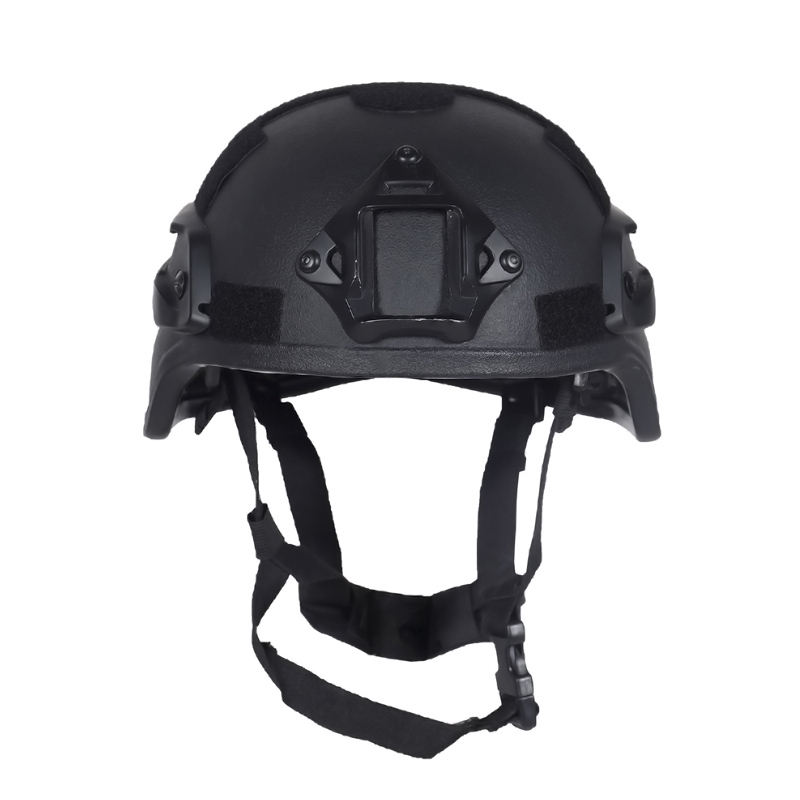
3. FAST (Future Assault Shell Technology Helmet)
FAST/High Cut/Maritime cut/ ATE® or Above the ear: These helmets were first designed for maritime special operations due to the safety hazards of water catching the ear cups on the sides of older helmets at a high speed.
While all other helmets were created keeping in mind the necessity of protecting soldiers’ eyes, ears and brain, the FAST helmet is designed to carry additional combat equipment.
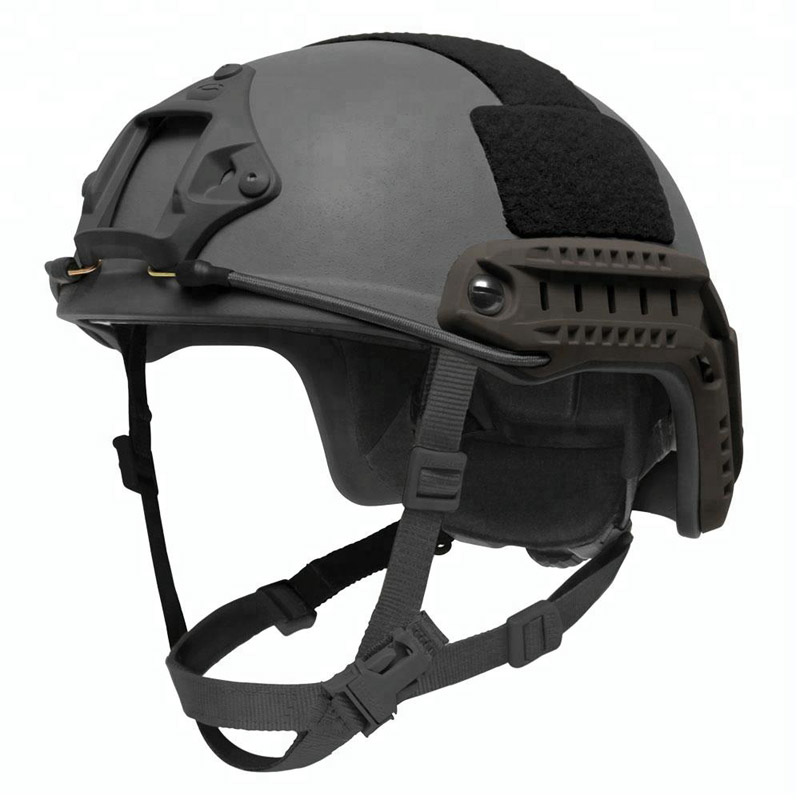
WHAT ACCESSORIES ON THE HELMET?
Side Rails: Look for side rails if you want to integrate the helmet with other tactical gear. These rails can help you attach accessories, like flashlights, strobe, and COMs headset.
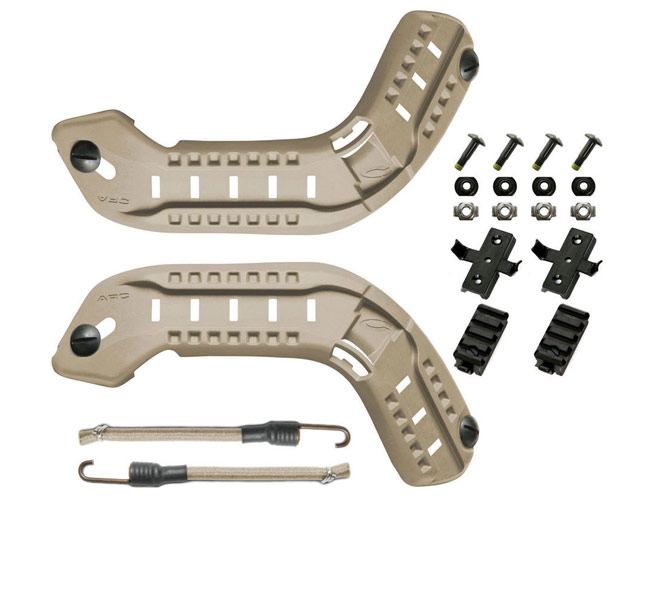
Pads And Straps: These two elements can determine the comfort level of the helmet. The pads on the interior add cushion to the head, while the straps can help provide a comfortable fit. Look for adjustable straps so that you can customize the fit to your head size.
Protection Coverage: The top-rated tactical helmet should be able to endure any blows or impact thrown at your head. Some brands provide goggles to protect the eye. Others even include a mask to protect the face down to the neck.
WHAT LEVEL THE HELMET NEED TO BE?
Notable features:
Level IIIA Protection NIJ 0101.06
Please make sure your helmet is manufactured according to NIJ 0101.06 Level IIIA, which is used by most military operative in the world and useful against most handgun crime and shot.
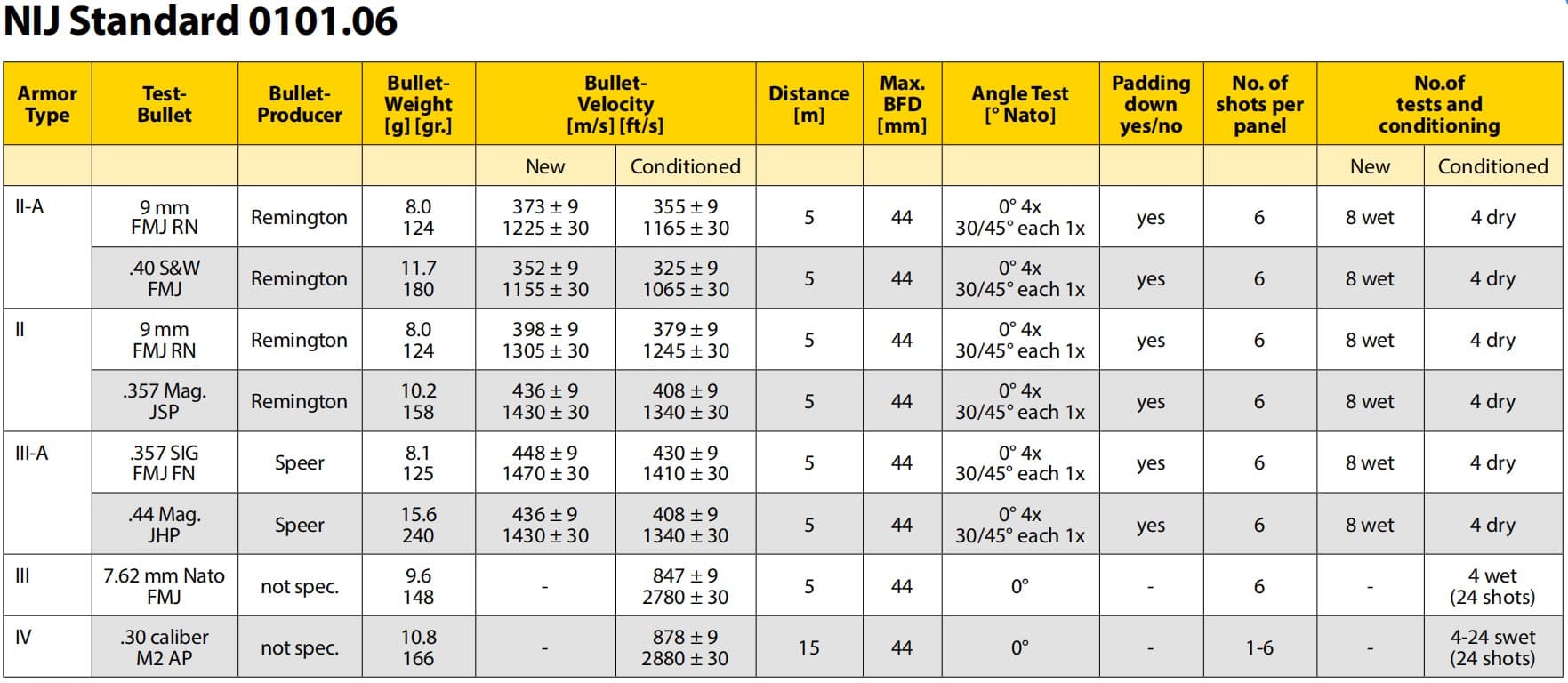
Bump helmets are a type of helmet designed for protection against bumps instead of ballistics. In fact, bump helmets are not rated for protection against firearms. They are intended to shield the head against other threats in the field, such as falls or flying shrapnel.
Bump helmets are often more affordable compared to ballistic helmets. They are also lightweight. The typical bump helmet only weighs about 1.5 pounds, which is about half of the weight of a PASGT or ACH helmet.
Yet if you are going into combat or expect to encounter armed individuals, you will likely want the extra protection offered by a ballistic helmet.
YF PROTECTOR HELMET TEST VEDEO, WANT TO KNOW MORE ABOUT HELMET, FREE TO CONTACT US!